Click on a thumbnail to view the whole photo along with a description.
 |
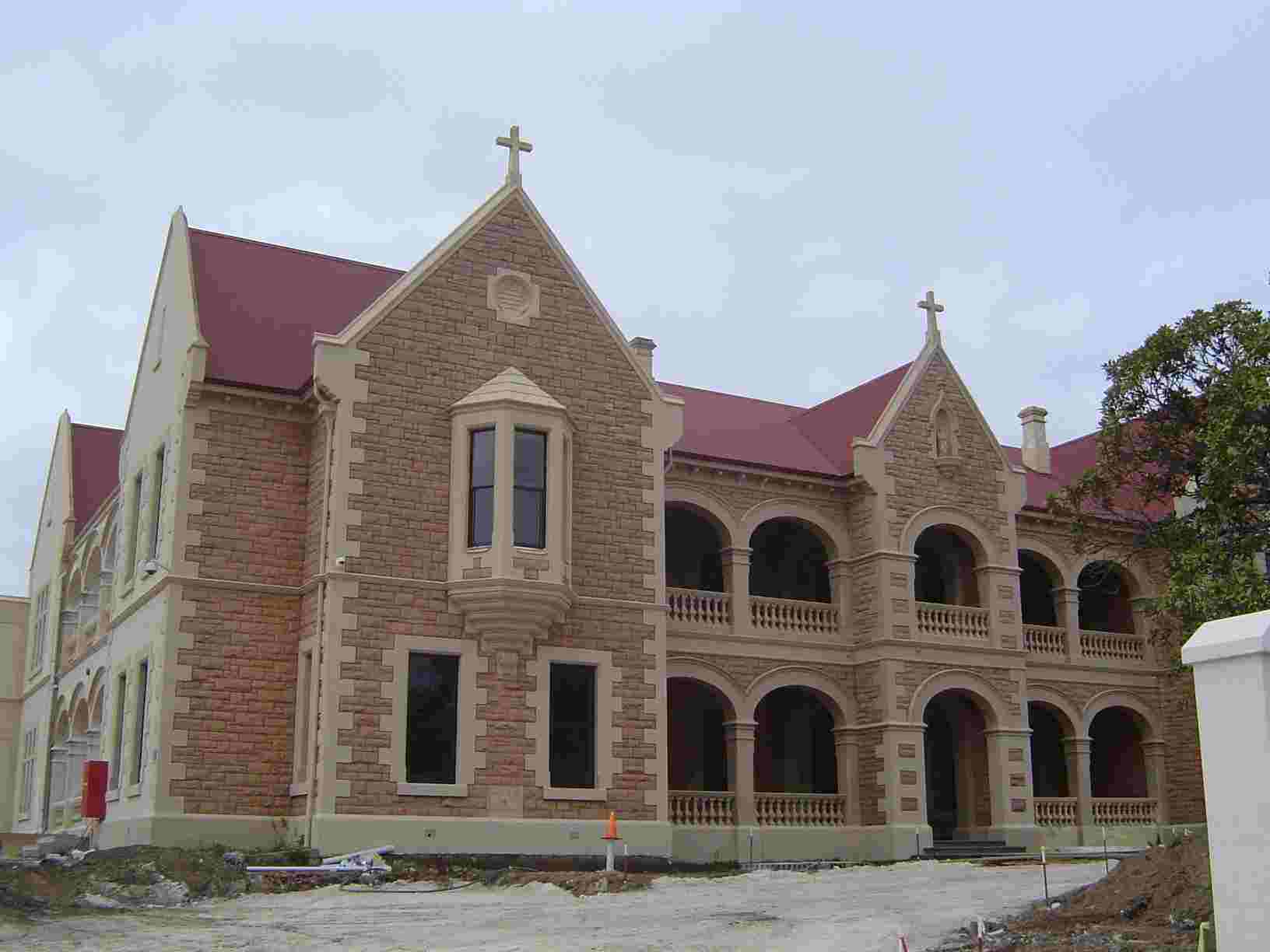 |
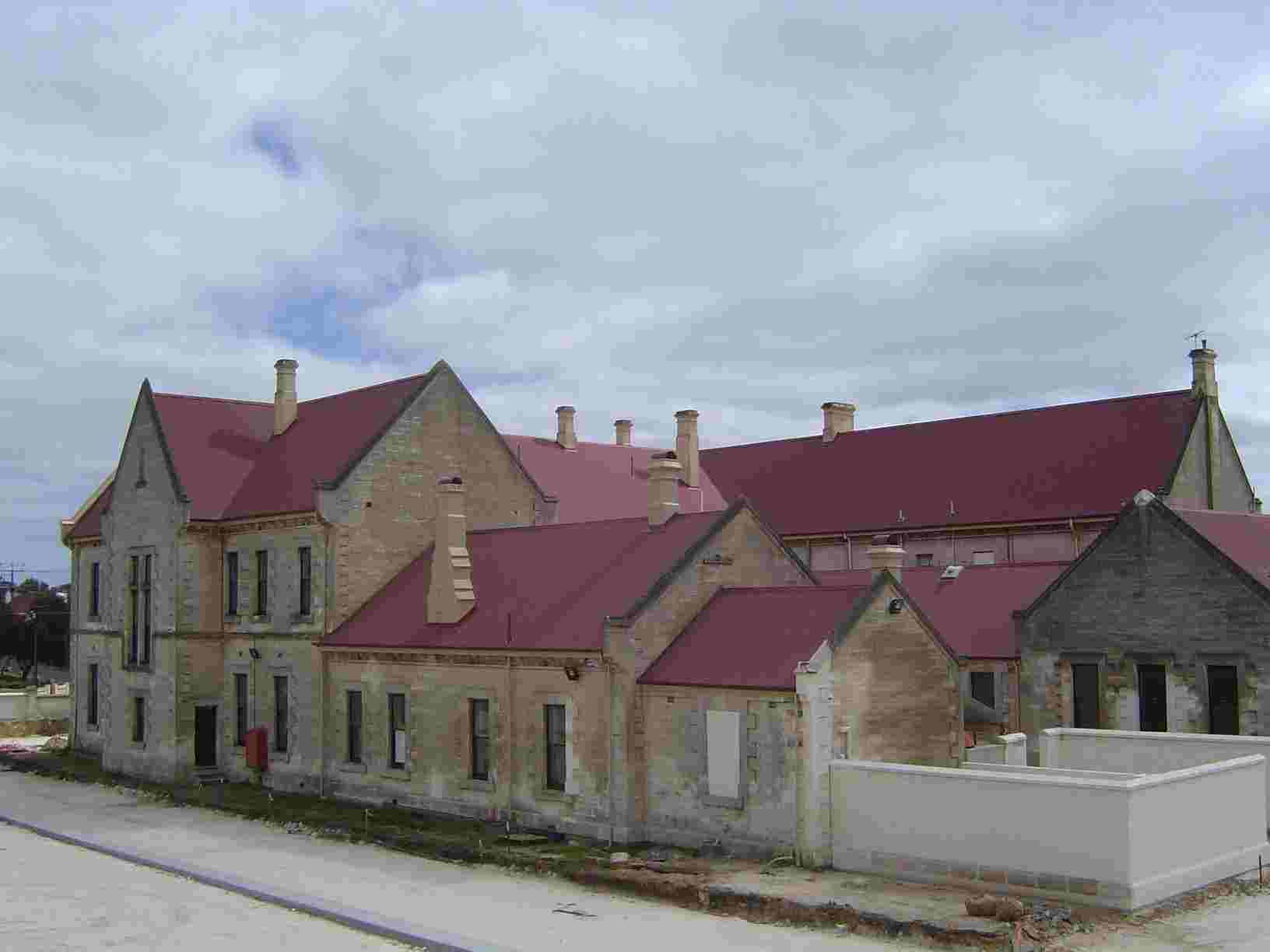 |
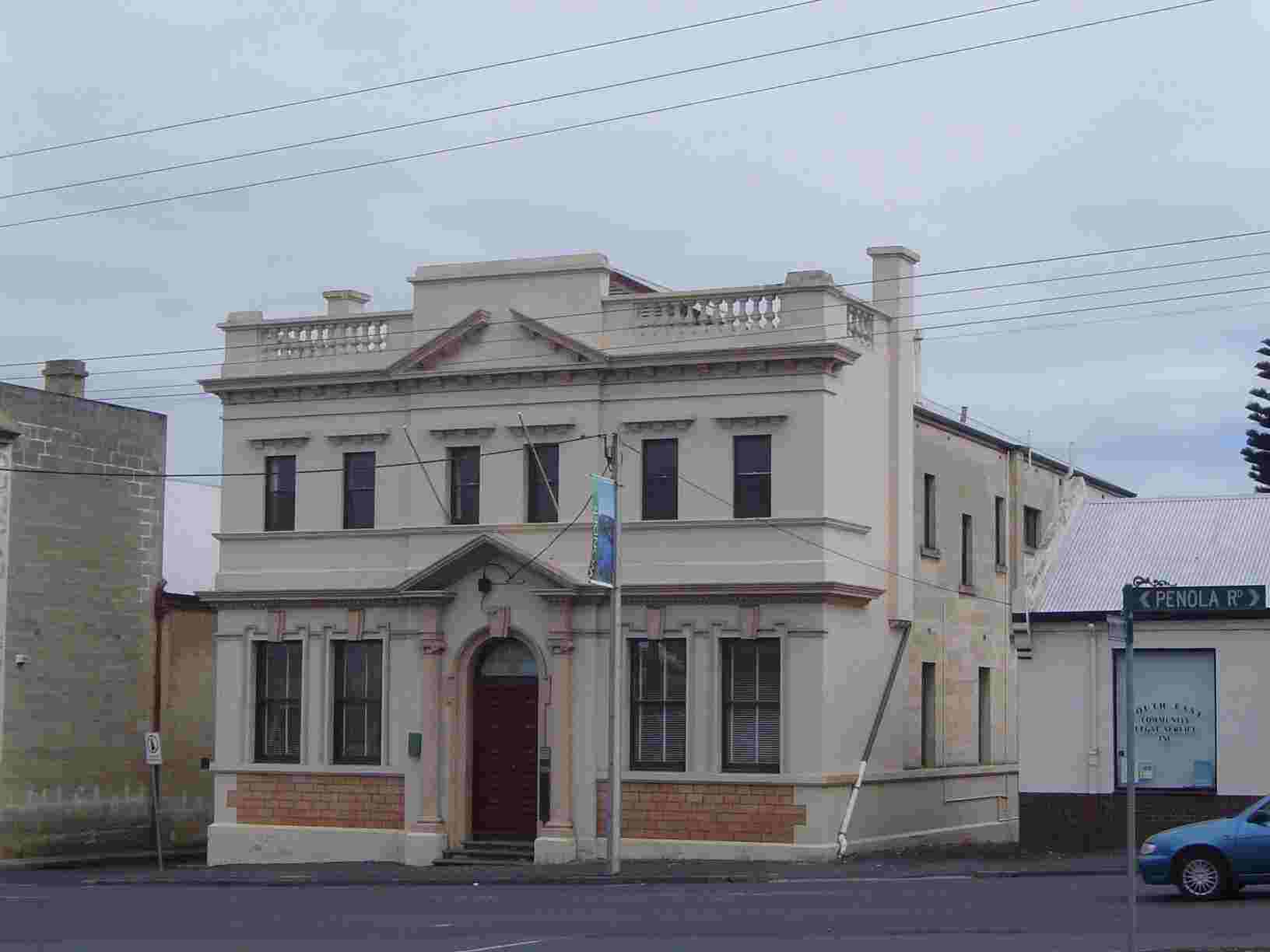 |
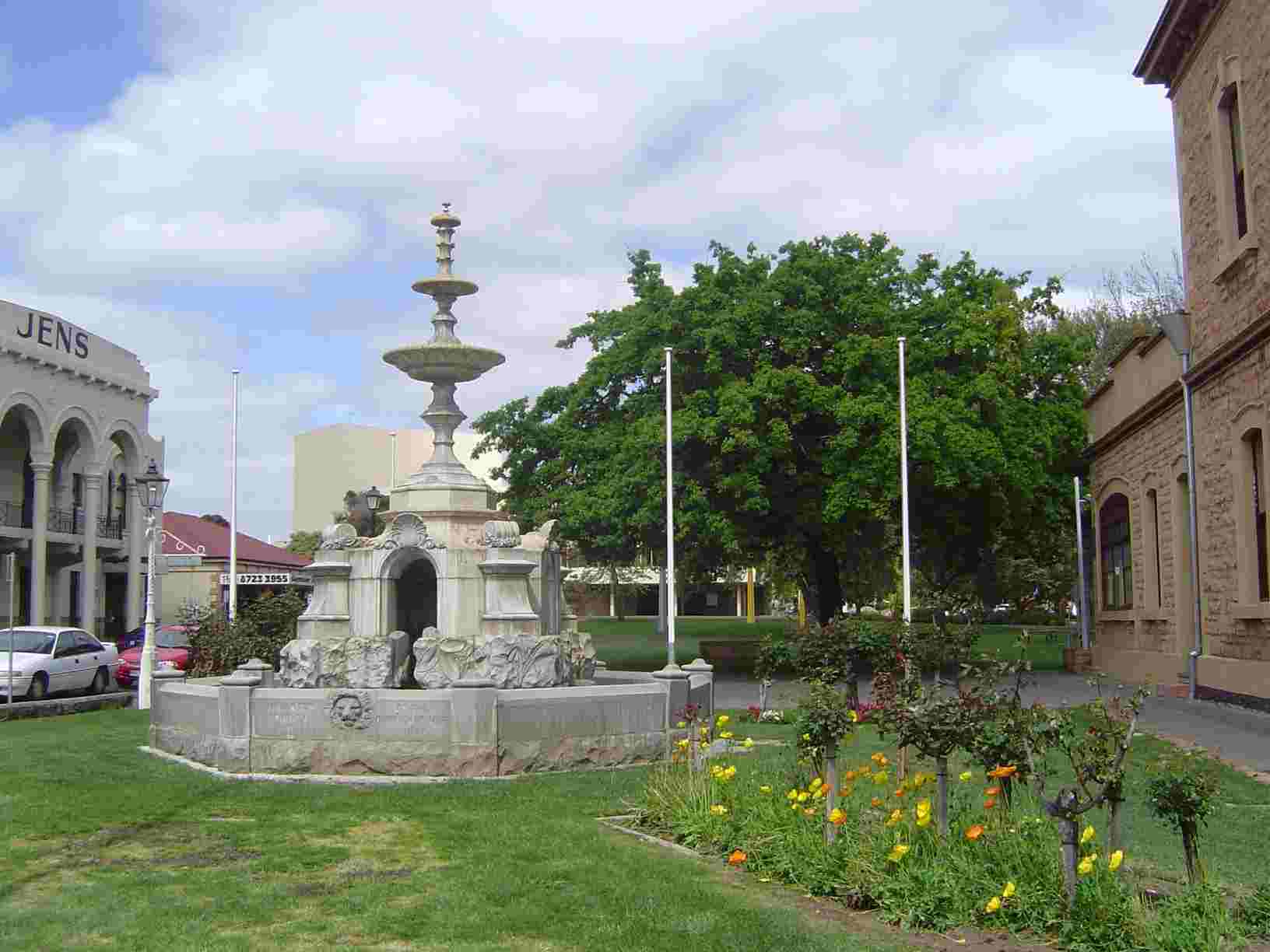 |
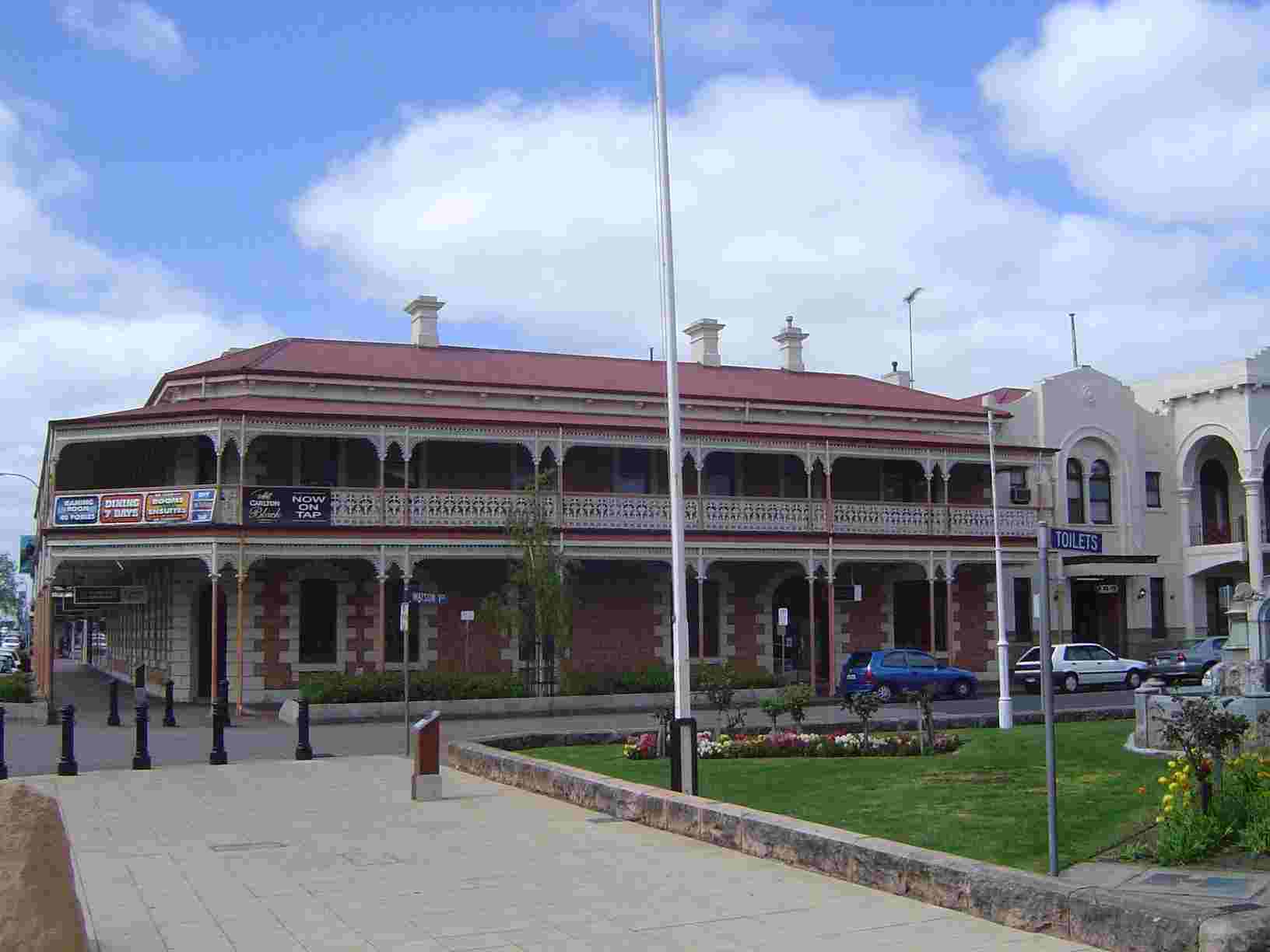 |
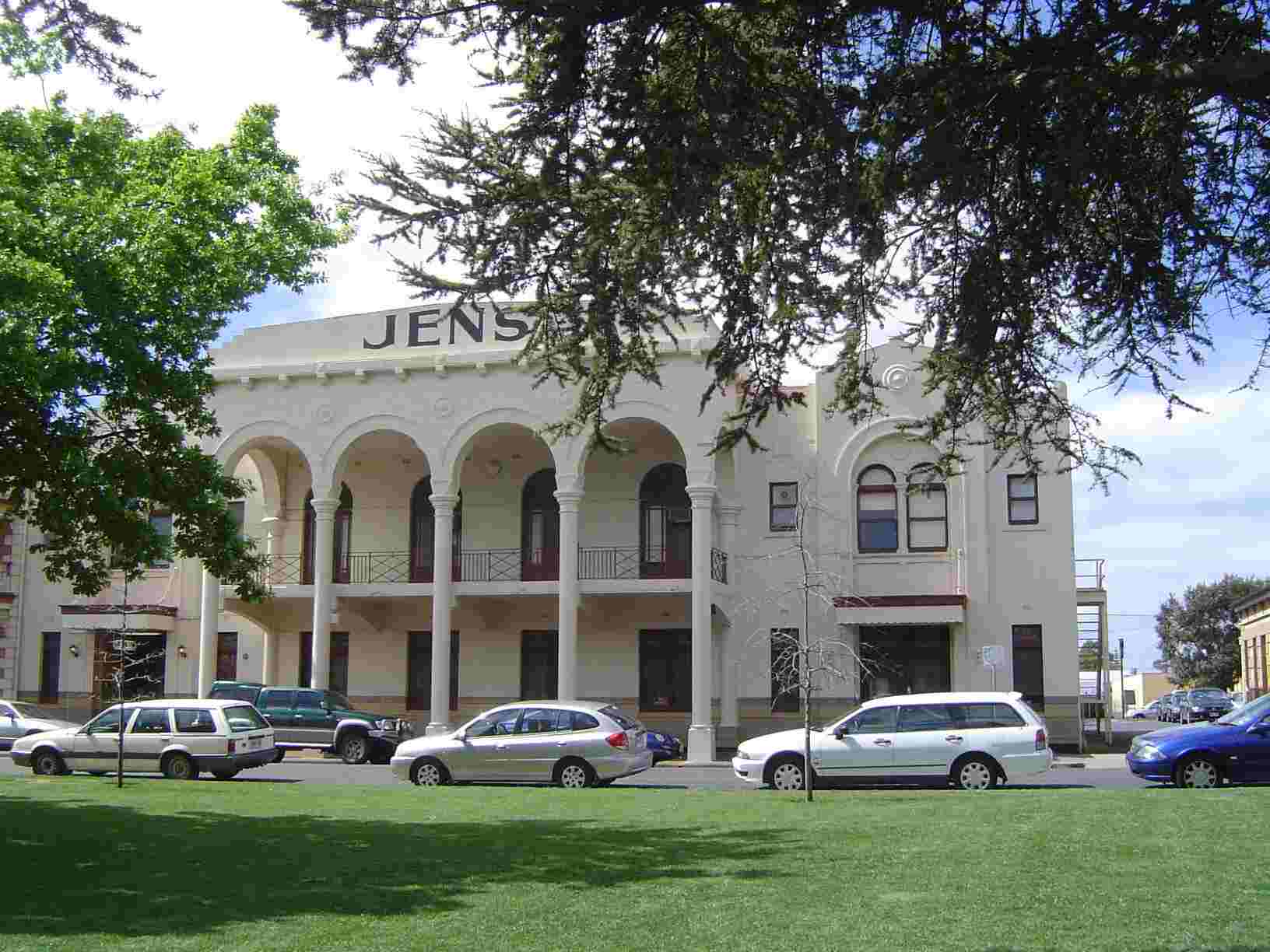 |
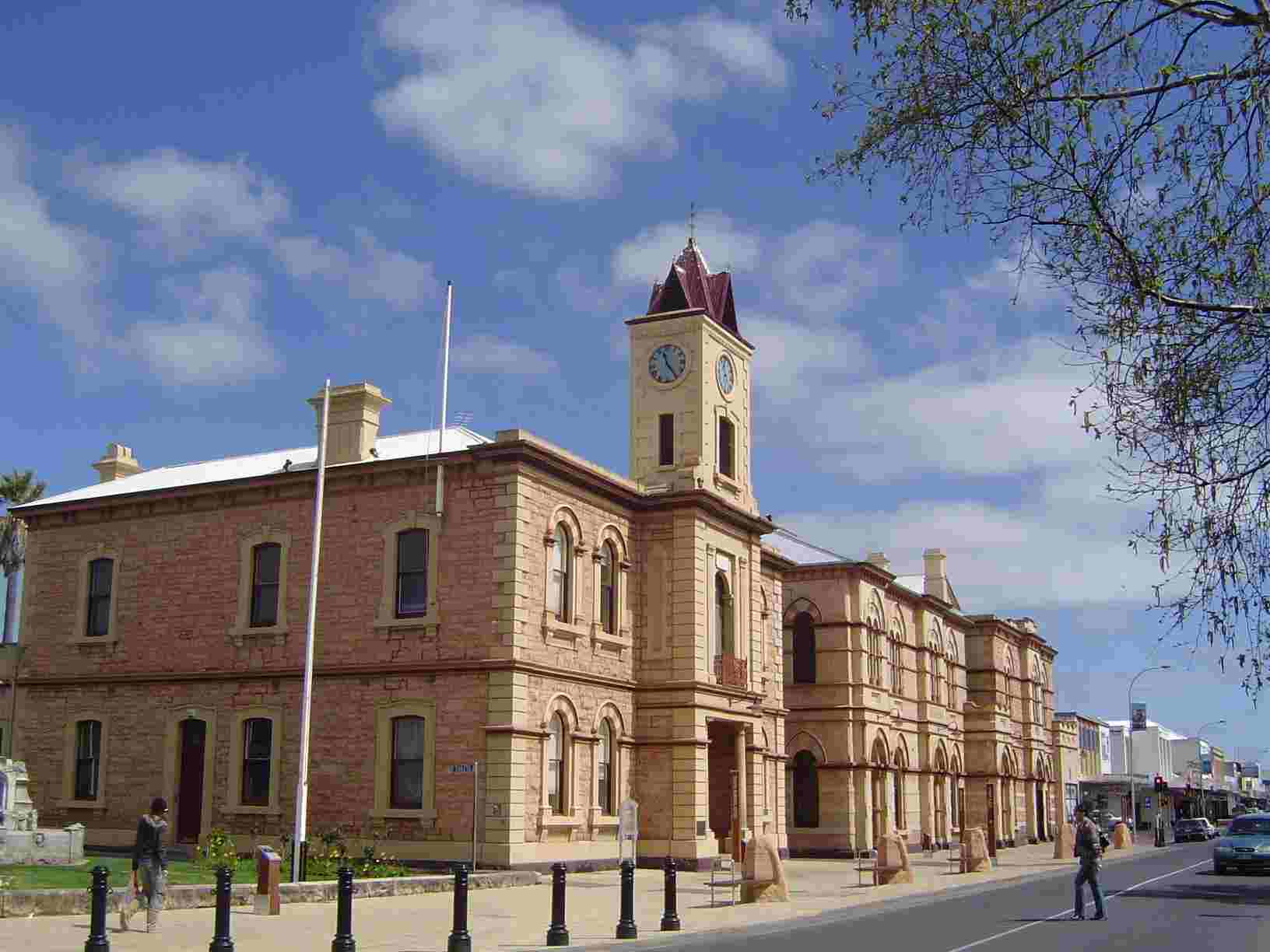 |
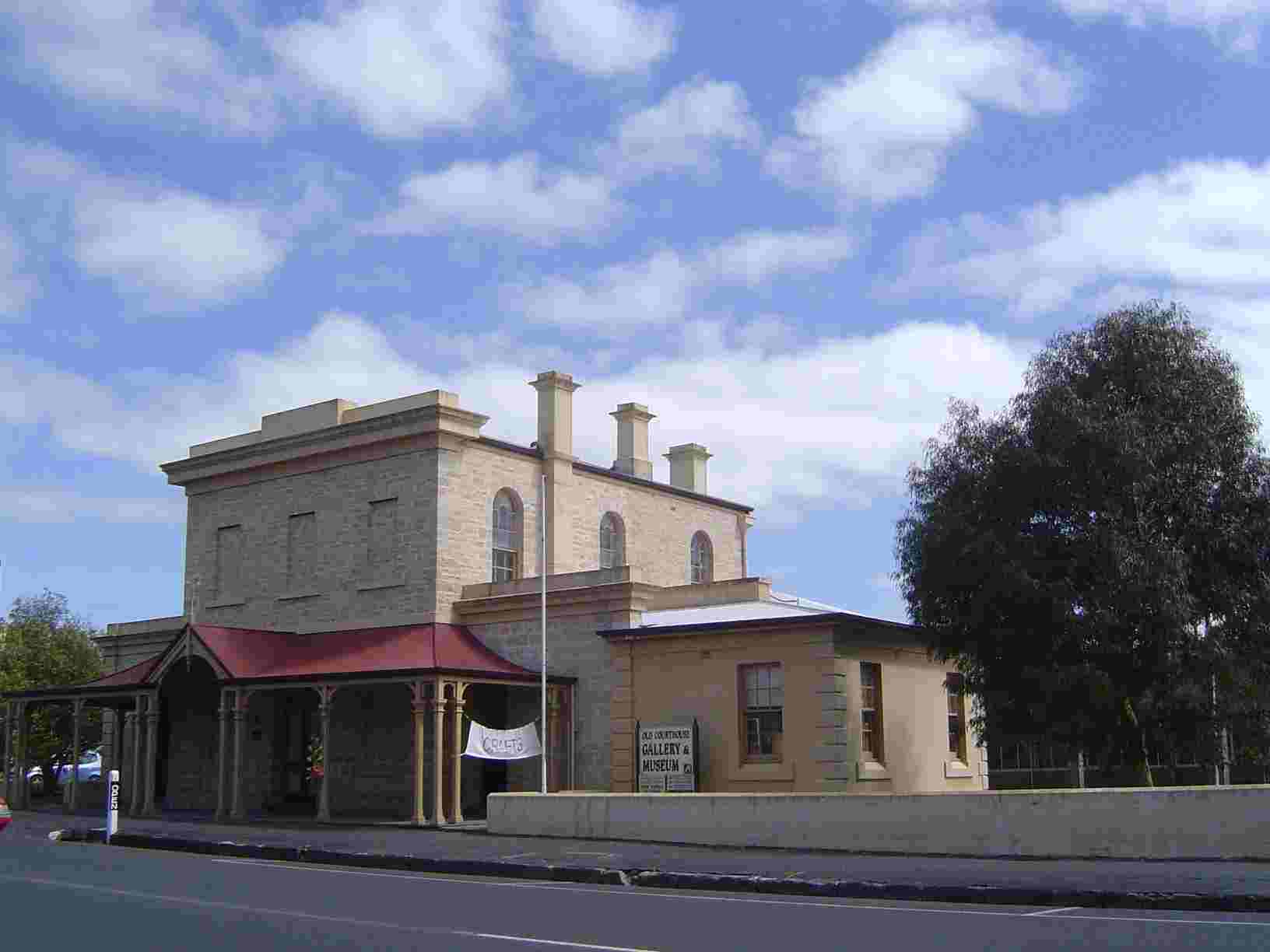 |
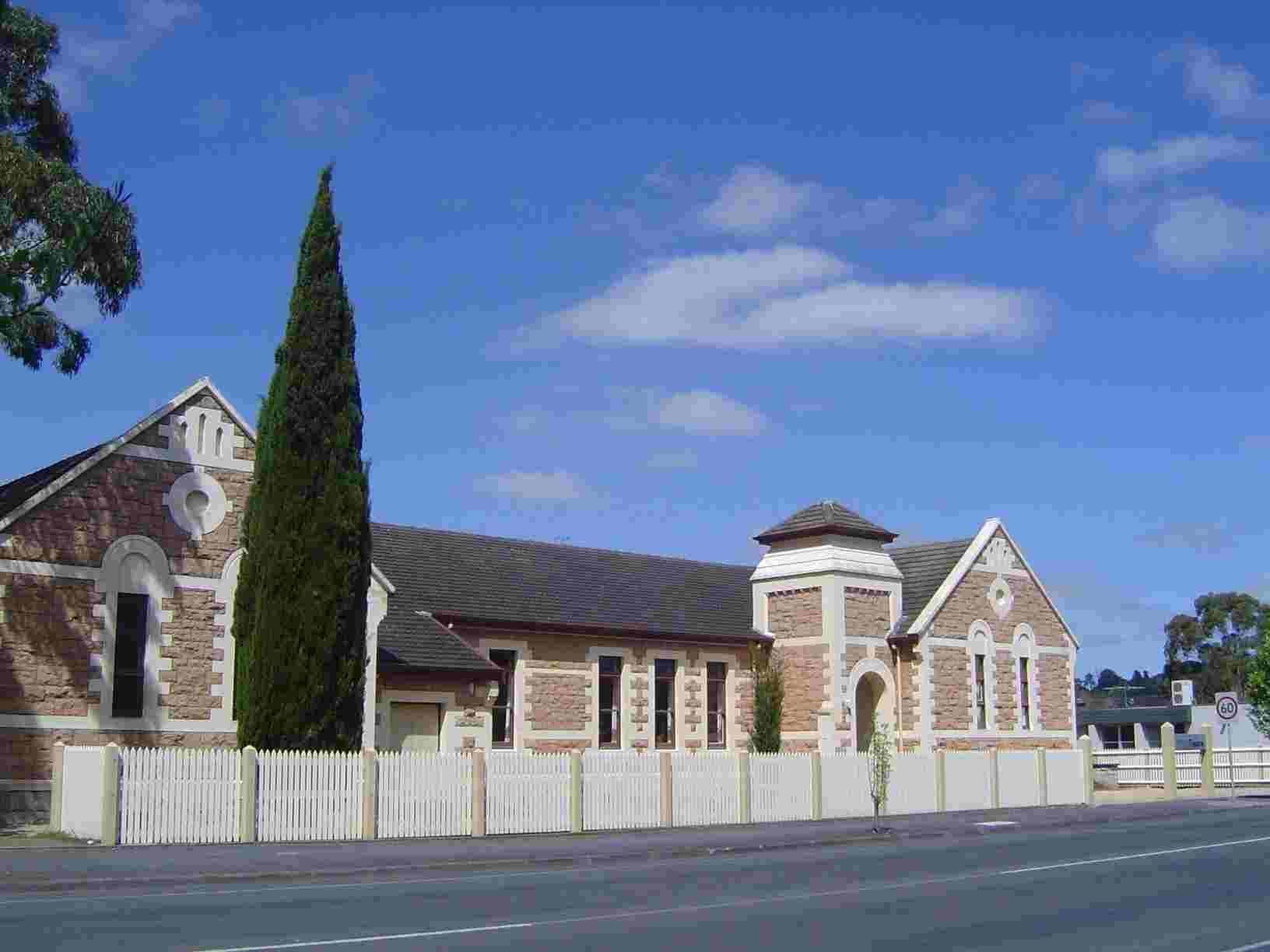 |
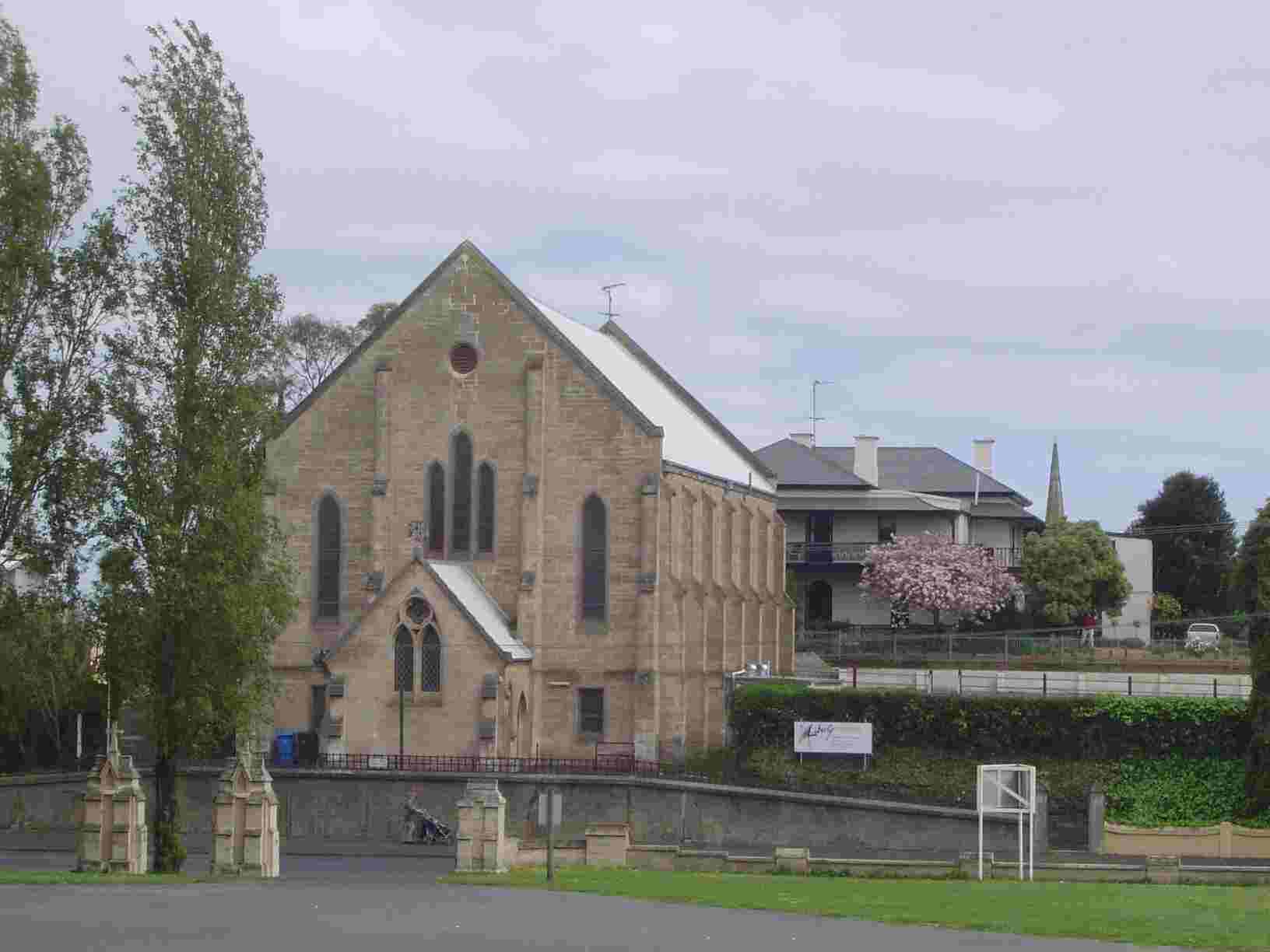 |
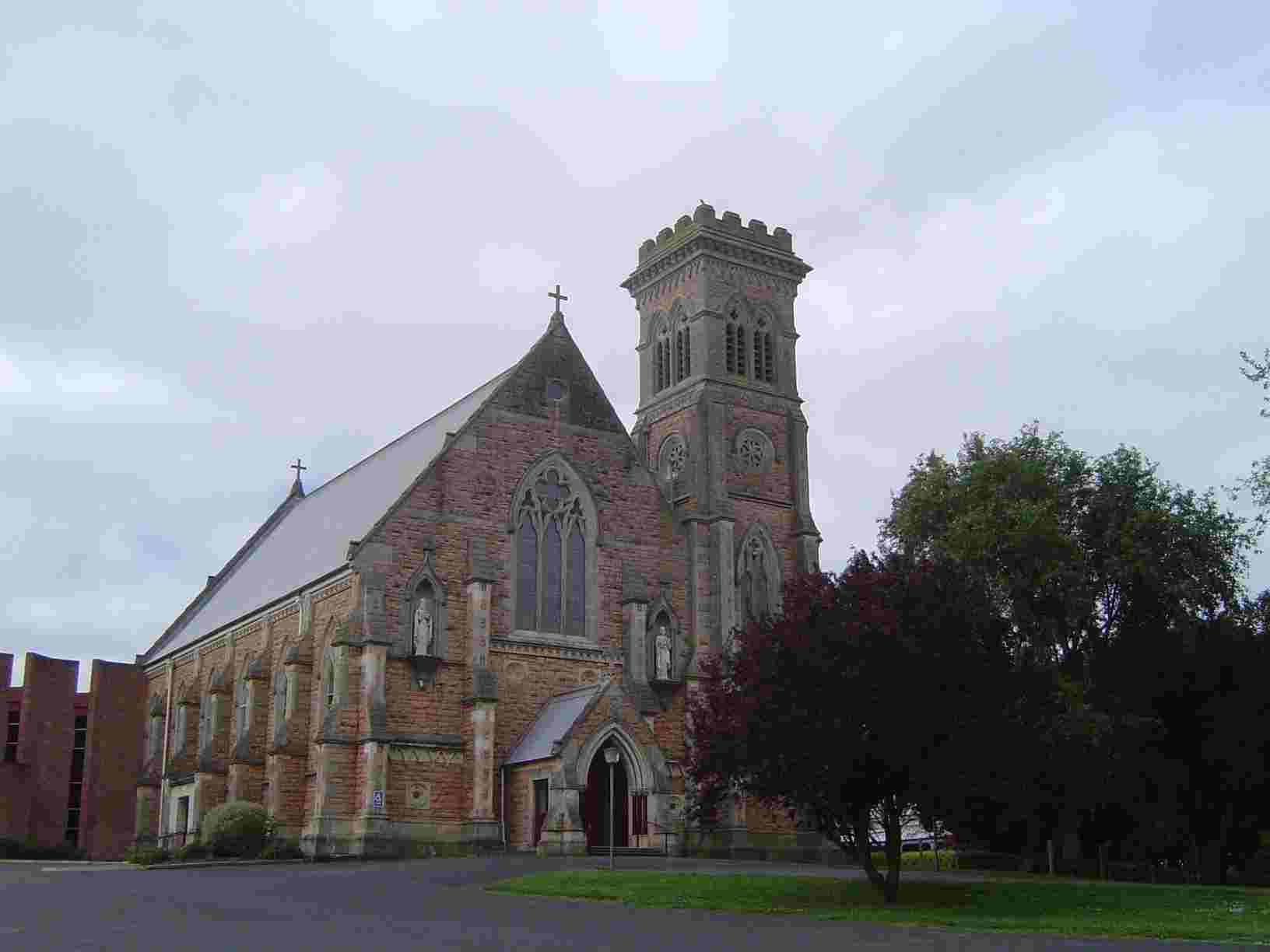 |
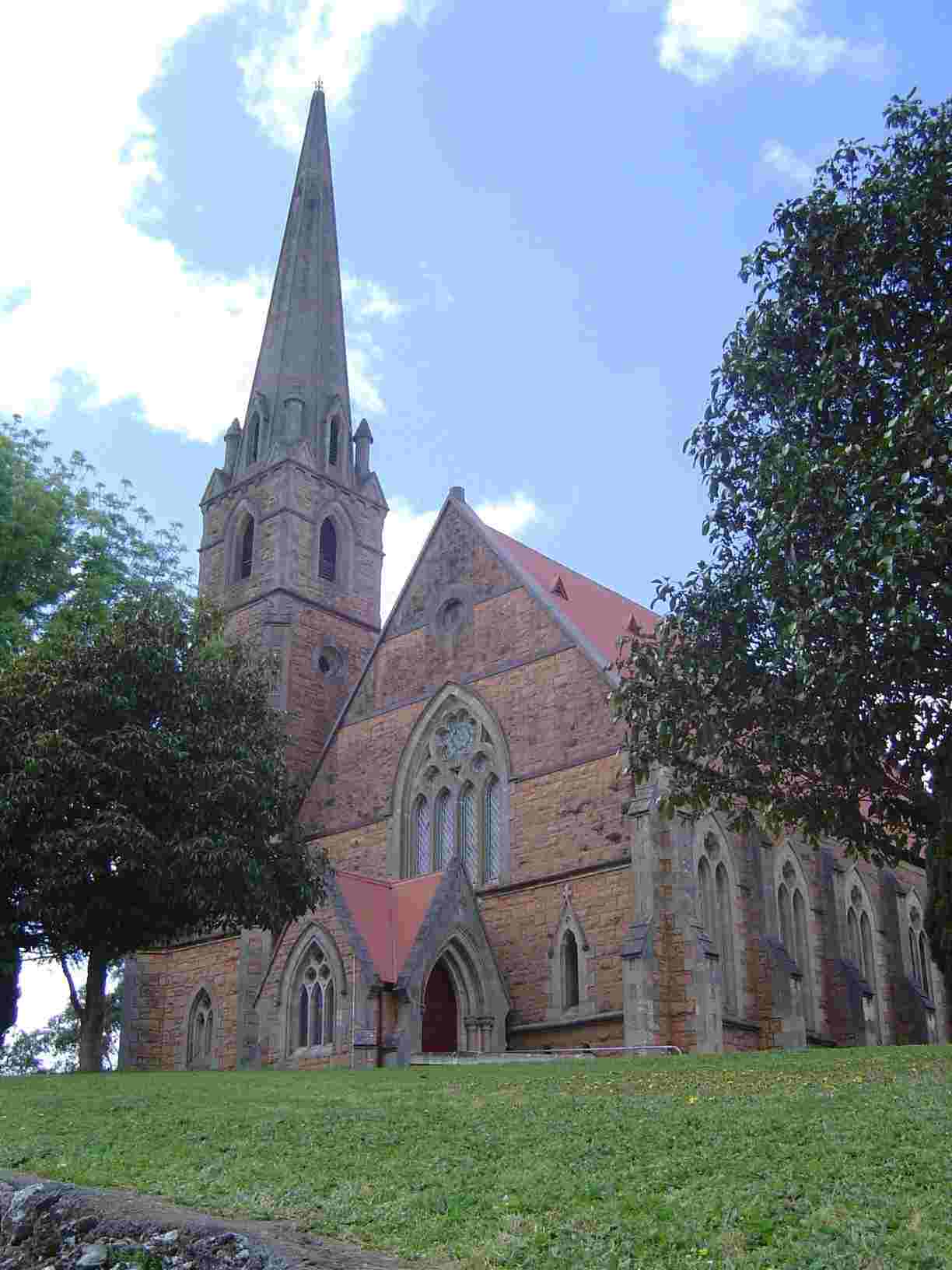 |
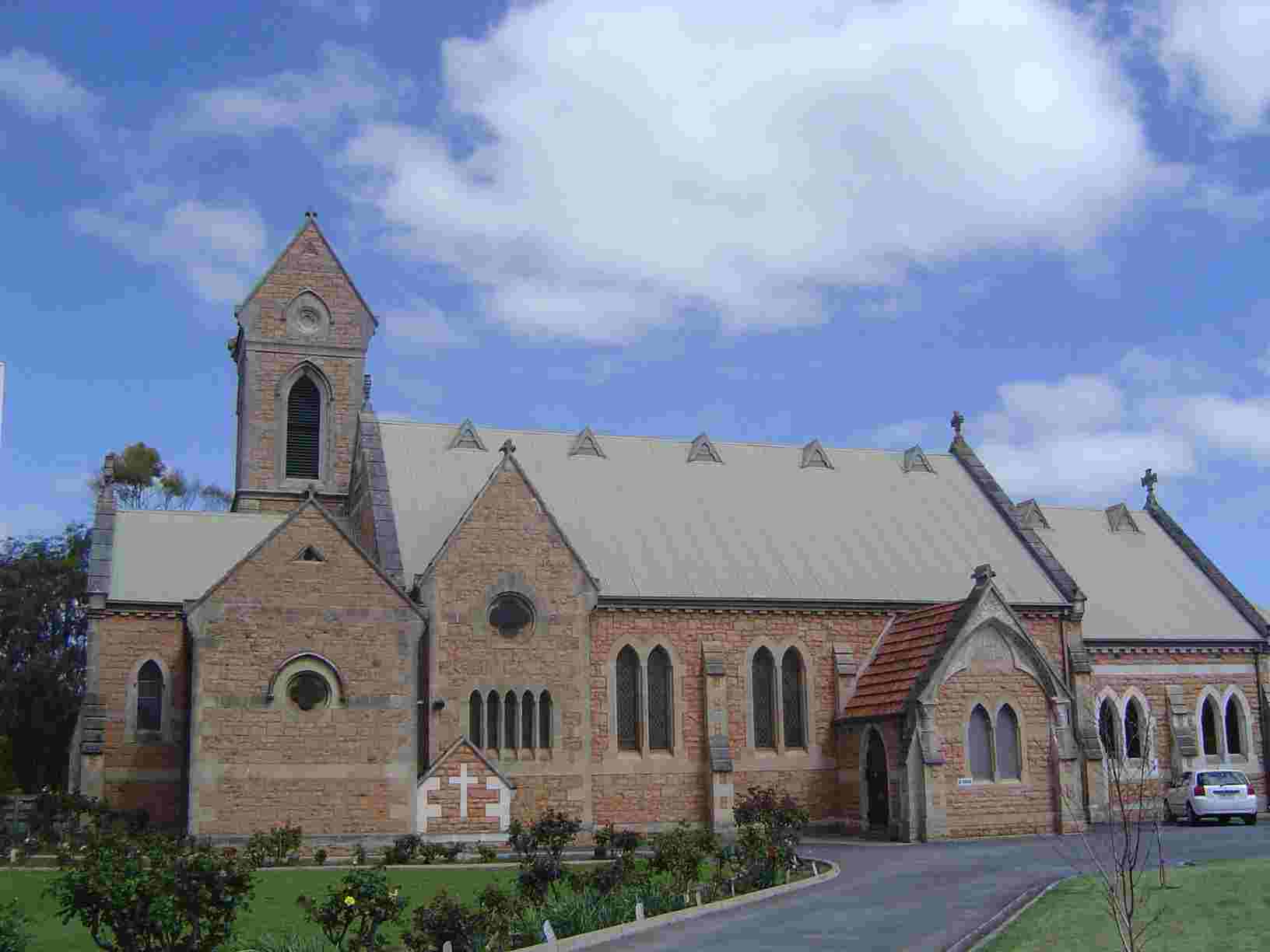 |
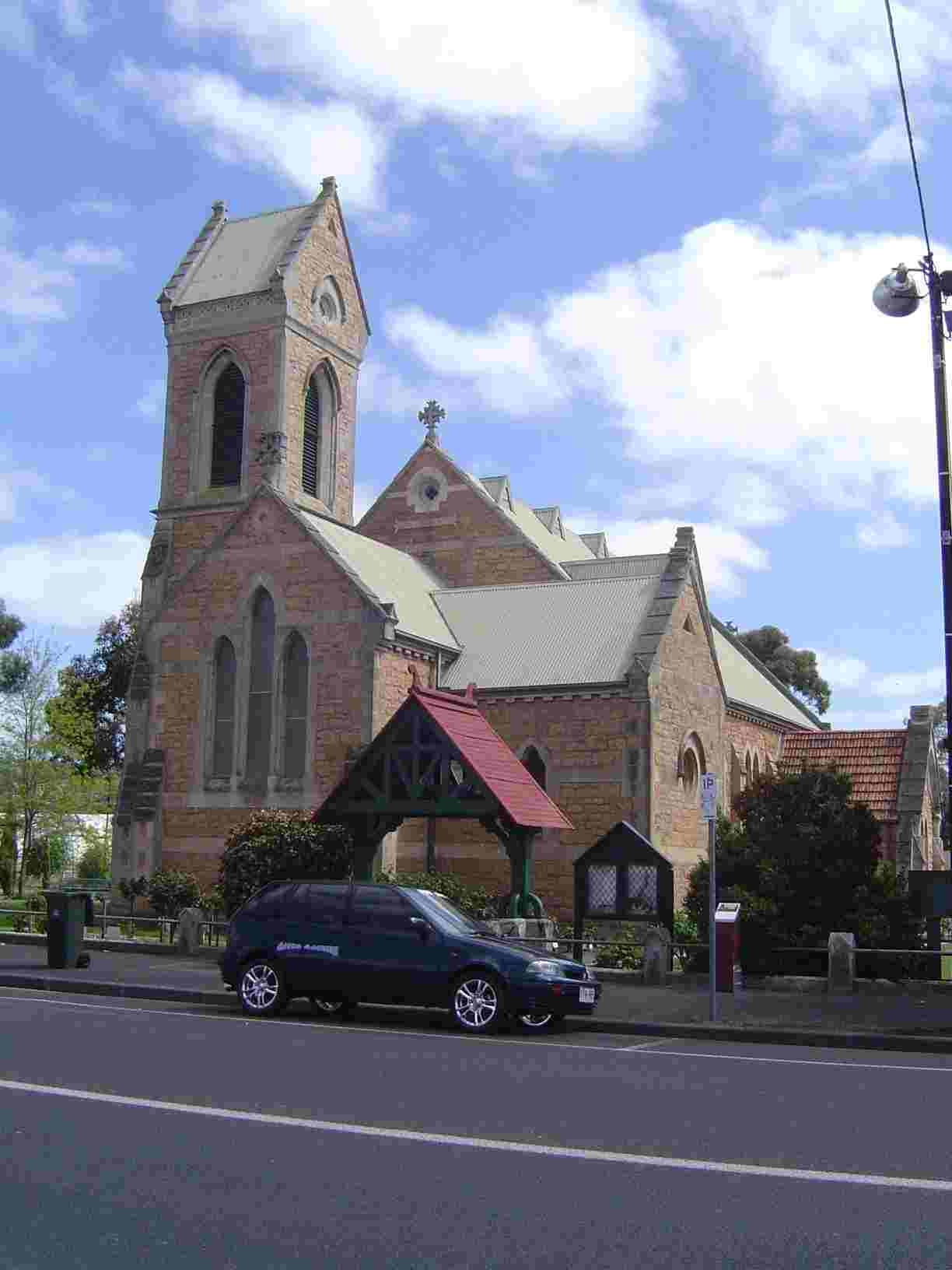 |
Lacking training in both architecture and Town Planning, I am ill-qualified to comment on either topic, so the following views are those of an enthusiastic amateur. However to me the modern town of Mount Gambier leaves much to be desired for the enthusiast of heritage architecture.
Unlike Penola and Robe, the town seems to have little sense of its potential for heritage tourism. There is no lack of fine old buildings but there is no coherent development control or plan that I can see, with the many remaining buildings scattered hither and thither among often tacky modern developments such as car yards. Perhaps there has been more development pressure in Mt Gambier than in Robe and Penola.
What might have been made of the City's heritage if some far-sighted City Father or Mother had been in charge of the place 40 years ago can only be imagined. It is now far too late. Around the railway line and along the inner part of Bay Rd, it is almost as if someone has deliberately set out to create architectural and planning chaos. Yes, change is inevitable - but surely it could be handled better than it has been in Mt Gambier ?
The redeeming features of all this (from a heritage viewpoint) are a small area in the Centre around the old Town Hall, and a considerable legacy of Victorian and Federation homes, with some splendid specimens on Bay Rd. The Church Hill area is also substantially intact, with examples of old buildings recycled to modern use. It should also be said that the Mt Gambier Heritage and History Society has produced an excellent walking and driving guide to commemorate the remaining structures, based on a 1988 heritage survey.
The best hope for the town is serious pedestrianisation of the centre and a re-think about future development. Of course, there are exceptions in regard to the more recent architecture - for example, Chapman Herbert Architects have created some intriguing developments which are keenly aware of their historical, cultural and environmental heritage. To quote Mr Herbert : "The urban centres [of the South East] will continue to follow the commercially and economically based path of destruction, with possibly a few isolated gems of architecture pushing through the mulch". (See Sources).
Considerations of space and time prevented me from including more photos of many other fine buildings which are still to be found in the town.